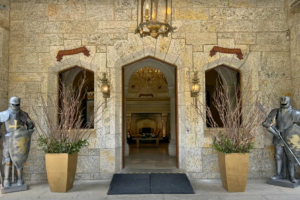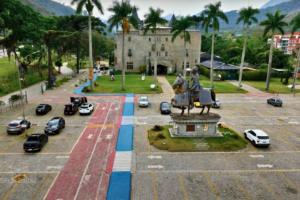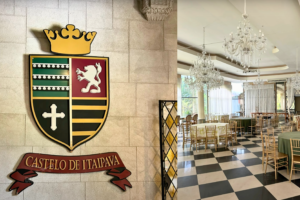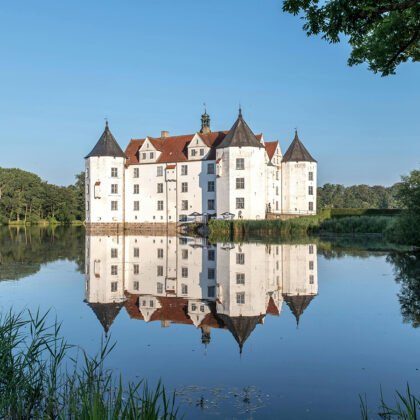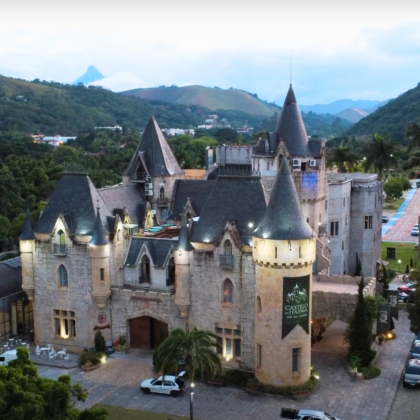Stumbling upon Castelo de Itaipava in the green hills near Petrópolis feels a bit like discovering a secret. Its spires and stone walls are a surprising sight in Brazil—more European fairytale than tropical country house. The grounds are often filled with laughter from weddings or weekend visitors, but you’ll also find quiet corners to just sit and take it all in. There’s a playful charm to this place.
Quick Facts
📍 Location: Itaipava, Petrópolis, Rio de Janeiro, Brazil
🏗️ Construction Period: 1920–1922
🏰 Architectural Style: Neo-Gothic with Romantic and Medieval European influences
🎭 Famous For: Only medieval-style castle in South America built with imported European stone
👑 Notable Figures: Barão J. Smith de Vasconcellos
🏆 UNESCO Status: No
🌐 Official Website: https://castelodeitaipava.com.br/
Map
Historical Context
Castelo de Itaipava might look ancient, but it’s actually a 20th-century creation. Built in the early 1920s by Baron J. Smith de Vasconcellos, the castle was inspired by French and English medieval designs. Imported stones, stained glass, and custom woodwork give it an authentic European feel, but its story is pure Brazilian creativity and flair. Over the decades, the castle changed hands and purposes—hosting parties, serving as a hotel, and even appearing in local films and TV shows. Locals from Petrópolis often have their own stories about weddings, music festivals, or lazy afternoons in the castle gardens. Today, Castelo de Itaipava stands as both a nod to Old World romance and a gathering place for new memories—a whimsical retreat in the heart of the Serra.
Gallery
Visiting Information
🗓️ Best Time to Visit: April to June and August to October
🗺️ Location Perks: The castle often hosts concerts, markets, and festive celebrations—there’s always something happening.
⏳ Estimated Visit Duration: Plan to spend 1–2 hours exploring the castle, its gardens, and the on-site café.
💡 Visiting tips: Check the event calendar in advance—public access may be limited during private weddings or large events.

